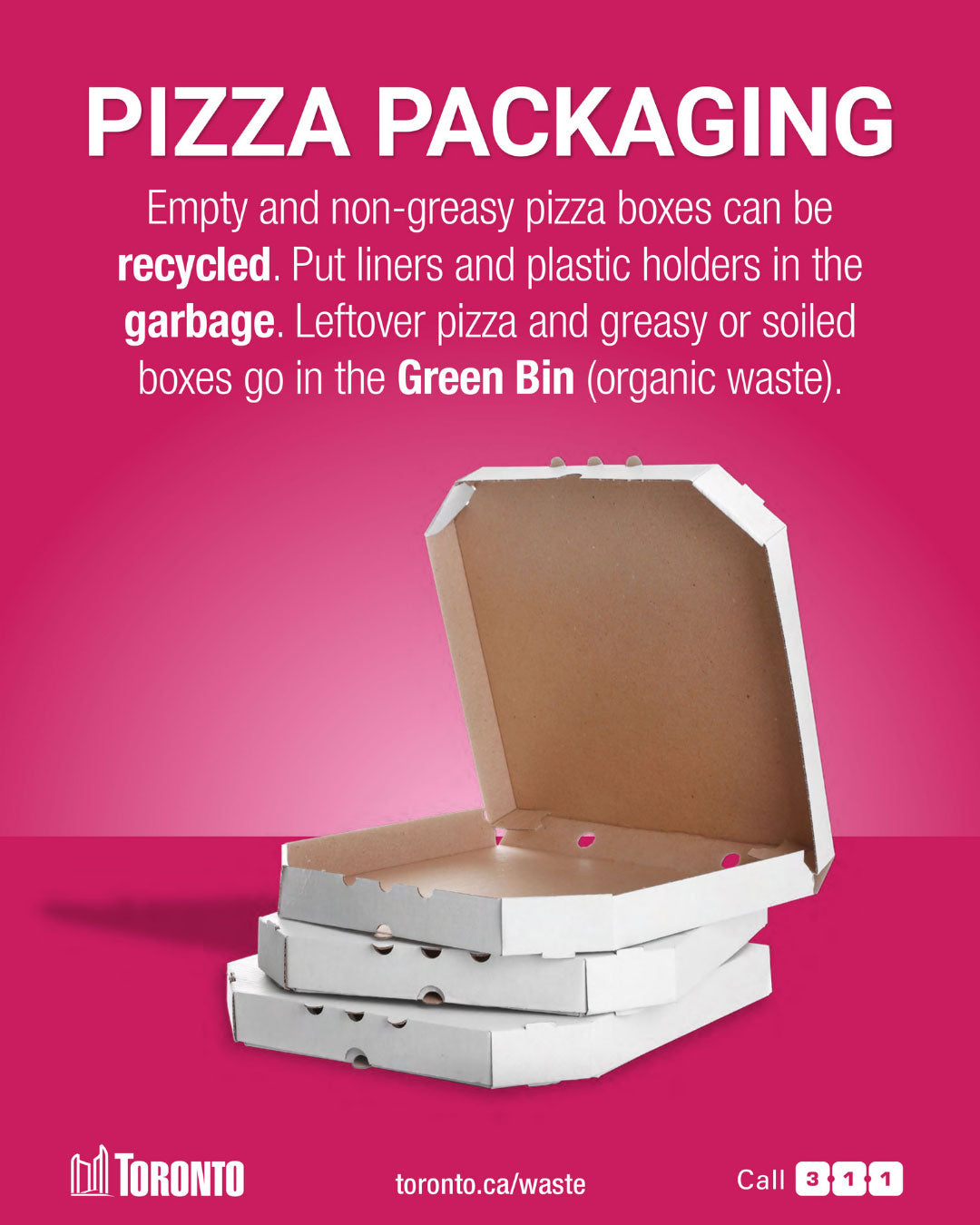Becoming A Compost Champion
Share

We’ve all been there: Hesitating in front of the kitchen trash, rubbish in hand, unsure if what we’re holding belongs in the garbage, recycling, or green bin. It’s easy to make a mistake, and for those of us keen on combating climate change, it can also come with a hefty dose of anxiety. With Composting Day approaching May 29th, how can we ensure we’re doing our best to minimize our environmental impact by becoming compost champions?
While not every living situation allows for organic waste programs at their residence, the City of Toronto has been steadily working to reduce unnecessary landfill waste by placing fees on most condo and apartment property owners based on how much garbage a building generates per number of units. By offering no fee for blue bin recycling and green bin collections, these costs aim to incentivize landlords to help by reducing their solid waste collection fees. If you haven’t yet received your green bin delivery, please encourage your building owner or property management company to phone 311, or submit an order for your building via the City of Toronto website.


If you’re lucky enough to own your own home, Toronto homeowners have a few options when it comes to composting. Whether you choose to process your kitchen scraps into nutrient-rich soil to use in your personal home garden, or use a green bin for standard City collection, homeowners can also do their part to reduce landfill waste.
So what items go in the green bin? Keep it simple by starting with browns and greens. Kitchen scraps, biodegradable home items, and yard waste go a long way toward reducing our landfill impact. Some examples might look like:
Food Waste
- Vegetable scraps and peels, corn cobs and husks
- Fruit cores, pits, peels
- Meat, poultry, fish, shellfish (including bones)
- Pasta, bread, grains, cereals, rice, flour
- Dairy products, eggs (including shells)
- Nuts, nutshells
- Baked goods, desserts
Home and Yard Waste
- Paper napkins, paper towels, tissues*
- Coffee grounds, filters, tea bags
- Food-soiled paper plates and takeout containers*
- Paper bags (e.g. from flour, sugar)
- Food-soiled pizza boxes
- Paper muffin cups*
- House plants, including soil
- Grass, leaves, flowers and branches
- Pet waste
- Diapers
- Feminine hygiene products
*if items are soiled with chemicals such as cleaning products, or are waxed, parchment, or plastic coated, place in the garbage bin instead.


Sorting becomes a little easier when considering what you want to achieve. Ideally, we want to return anything biodegradable to the earth, so that we can continue to grow what we need again, and again. Whether fresh, frozen, dried, prepared, cooked or spoiled, kitchen food waste belongs in the green bin. For home and yard waste, be mindful to only compost items that are free from harmful chemicals, waxes, and plastics. If an item can’t be broken down easily by nature and the elements, or is toxic in some form, you probably wouldn’t want it in your garden. That's a great rule of thumb to compost by.
Here’s some examples of what not to place in the green bin:
Recycling
- Plastic bags (soft and stretchy)
- Clear or white plastic food containers and cutlery
- Aluminum pie plates, trays, roasting pans
- Foam trays
Garbage
- “Compostable” plastic, black plastic, and plastic-lined paper containers, cups, cutlery, etc.
- Absorbent pads and plastic wrap
- Wax or plastic-coated paper plates, takeout containers
- Plastic-lined paper packaging (e.g. single-serve oatmeal packs, some outer tea bags)
- Waxed and parchment paper
- Plastic bags (rigid and crinkly)
- Stand-up pouches
- Meat/fish tray absorbent pads
- Hot and cold drink cups
- Aluminum foil wrap
- Chopsticks, popsicle sticks, toothpicks, stir sticks Cotton balls, cotton tipped swabs, make-up pads, dental floss, baby wipes, dryer sheets
- Hair, pet fur, feathers, nail clippings
- Gum, wax, wine corks, vacuum bags/contents
- Cigarette butts, fireplace and BBQ ashes
While some companies make “compostable” plastics, they actually belong in the trash instead of your green bin. This is because the City of Toronto’s food waste program was designed to handle food waste and select fibre/paper products using an anaerobic digestion process. Even though biodegradable plastics will break down under certain conditions, each product requires its own unique environment to do so, not all of which can be met by this process. When a plastic refuses to break down completely, tiny microplastics leach into and contaminate nearby soil, water, and other recycling streams. As compost champions, we’re aiming to be as plastic free as possible, so it’s best to place these items directly in the trash or return the product to retailers or manufacturers that offer take-back programs.
.


But what about lining the green bin? Isn’t that plastic? The truth about liners is, whether they’re plastic or biodegradable, they’re going to be removed before processing which makes having one a little pointless. If you’re concerned about having a dirty bin, feel free to skip the bag entirely and wash the inside of your organics container with an all purpose cleaner and paperless towels or scrub brush.
Ardent Earth cares deeply about the environment, and we’re glad you do too. If you want to start making your own compost at home, but don’t have a backyard, try using an Urban Composter instead. Any way that you choose to be a compost champion, know that your contributions are going a long way to helping fight climate change and keep our planet healthy.
We hope you liked our article. Please share some of your favourite composting tips below.

